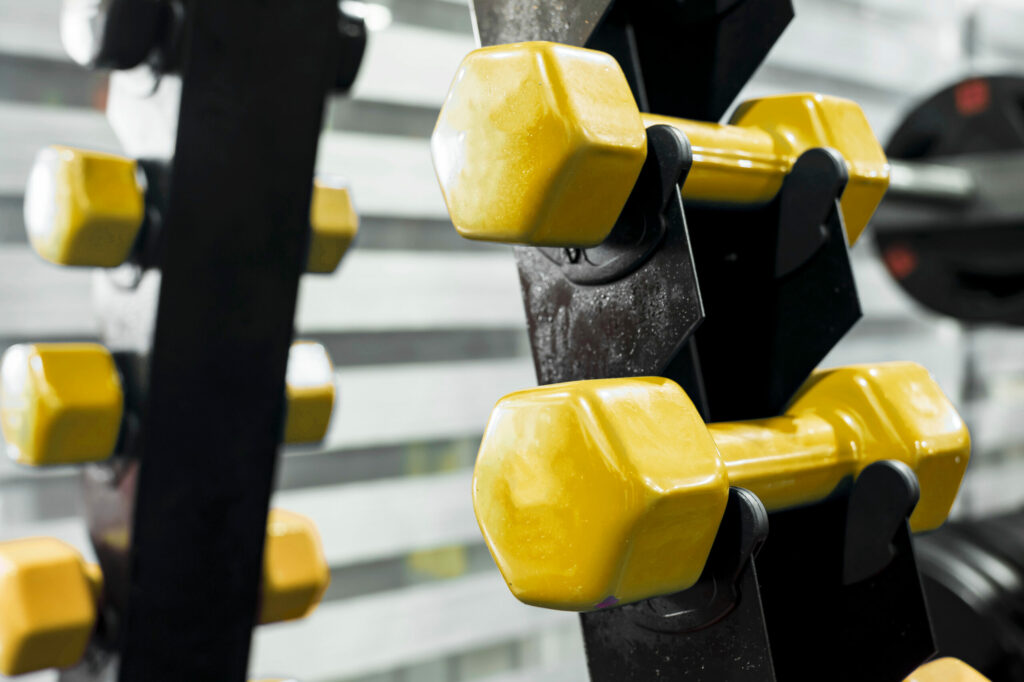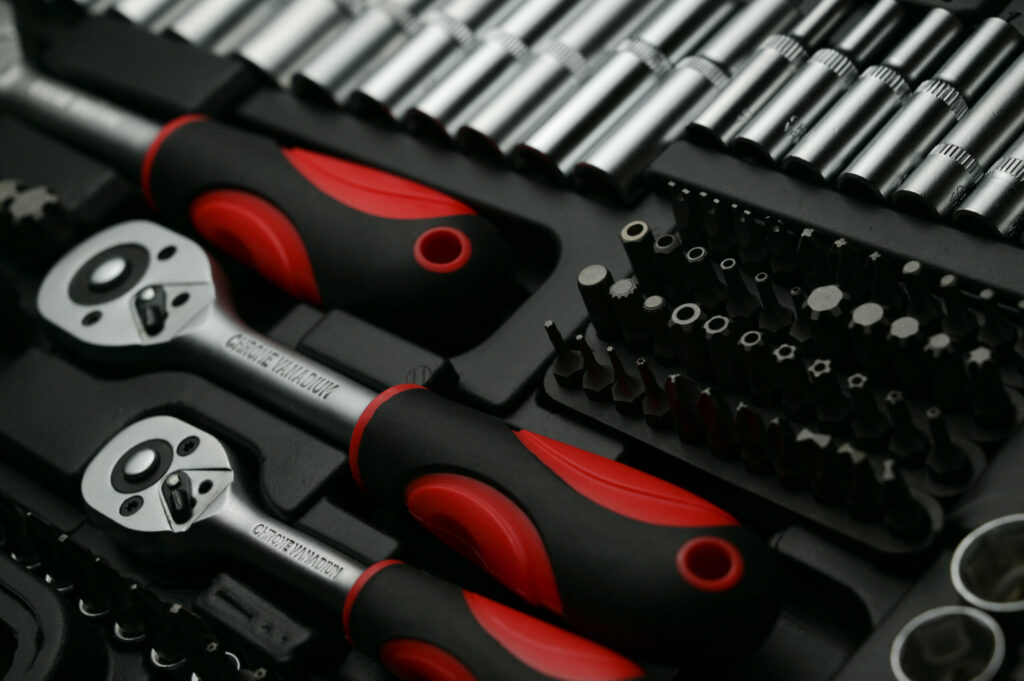Everything about Plastisol
Coatings come in many forms, and use a variety of chemical compositions, all delivering different properties and benefits. One of the more common coatings in use today is Plastisol, which is known for having very high levels of corrosion resistance and forming a tough, practically indestructible coating on anything it is applied to.
As one of the most durable coatings available today, Plastisol has a lot to recommend, but as with any coating, it is important to understand the details to know why it should be a choice for any project.
What is Plastisol?
Plastisol is a mix of chemicals that in its uncured state is a thick, viscous liquid. It contains a polymer, usually polyvinyl chloride, also known as PVC, along with a plasticizing compound that gives it the flexibility during curing and additives and coloring.
When cured, it has a rubbery feel, forming a thick, resilient protective coating. It is available in a wide choice of colors to suit specific projects and can be applied either by spraying it onto an object, or through a dipping process.
Plastisol requires heating to cure, and once that process is complete, offers excellent protection with an extremely durable finish.
Why Choose Plastisol?
Plastisol brings a range of benefits to any project. We have already mentioned just how hardwearing it is as a protective coating, and that it is highly resistant to corrosion, but it has much more to offer as a coating.
Plastisol is chemically inert once cured, meaning it doesn’t react to chemicals and is an excellent option for environments where chemical contamination is possible. In addition, the thick coating is non-conductive, making it highly resistant to electrical damage too.
In addition to chemicals and corrosion resistance, Plastisol is also resistant to organic contamination, resisting mold and mildew growth, and is unaffected by moisture too. It is virtually unbreakable by impact, and if used across the entire surface of an object, forms an almost impenetrable shell to protect the item in almost any environment.
In areas of high temperature or humidity, Plastisol can not only handle the environment itself but prevent issues with organic growth that can plague other coatings. It is the combination of exceptional protection and environmental resilience that makes Plastisol such a useful option when looking for protective coatings.
With safe operating in temperatures ranging from -35°F to 200°F, there are few environments that it cannot manage. Built to last, plastisol is a fit and forget coating, usually lasting the lifetime of the object it is applied too, and because it is a cost-effective coating, is ideal for products of all kinds at all budgets.
Finally, because the Plastisol formula can be adjusted to suit specific applications, changing coloring, additives, and so on, it is extremely customizable. Whatever the texture, color or finish required, even matching to existing coatings on a project, Plastisol can deliver.
However, no product is perfect, and it is important to understand the limitations of Plastisol too. The key issue with Plastisol comes from the way that it is applied. Because it requires heat to cure, it cannot be used on materials or objects that cannot withstand those heat levels, which are somewhere between 300-400°F.
Plastisol also forms a thick coating, which is great for protection and provides great electrical insulation and more, however, it can be problematic for certain applications. It is possible to adjust the overall thickness of the Plastisol coating through temperature and speed adjustments during the coating process, it will always be a relatively thick finish that does not work for all situations.
How is Plastisol Applied?
From its liquid state, Plastisol can be applied by dipping the object, or the part that requires coating, into a bath of Plastisol, or it can be sprayed onto an object, although spraying is much less common in the industry.
Not only is Plastisol a cost-effective product, but because dipping can be automated, and integrated into production lines, it is extremely cost-effective to apply too. As the object or product is dipped into the bath of Plastisol, it forms an even layer on the object.
Once applied, Plastisol needs to be cured to form the incredibly tough protective coating that we required, and this involved heating the piece to between 300 and 400°F. Once cured, the coating bonds to the object and provides exceptional, long-term protection.
With the heat-curing process required, some materials are simply not suitable for Plastisol application, as they would melt or otherwise be compromised as the coating cures. However, for most metals and a variety of other materials, this simple, clean and cost-effective application process makes Plastisol a superb choice for a wide range of uses.
A flexible coating solution for almost any situation
The key attribute of Plastisol is perhaps not its immense strength, impact, chemical heat, and moisture resistance, nor its ability to avoid mold and mildew contamination, but the flexibility of the material to deliver the appearance and properties required.
Through additive choice, variations in the application process, and curing heat and times, Plastisol can be made to have almost any desired appearance. From color and texture to matte, sating or gloss, whatever fits the application is possible.
The technical protections are of course incredibly important, and a reason for Plastisol to be on any shortlist of coatings for a project during design, but the ability to match other finishes, or create a unique look to meet other design specifications also set it apart. The combination of that exceptional protection and customizability is what gives Plastisol such a wide range of applications, making it one of the most popular thermoset coatings in use today.







